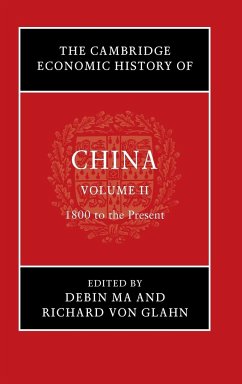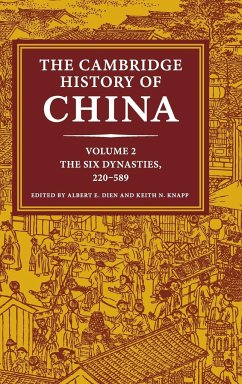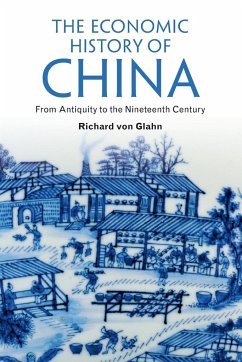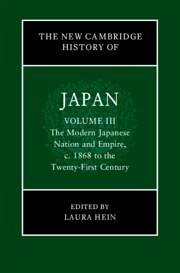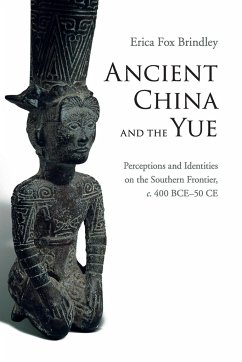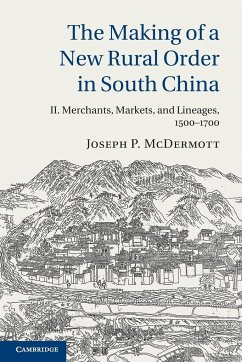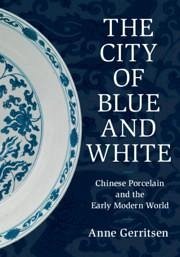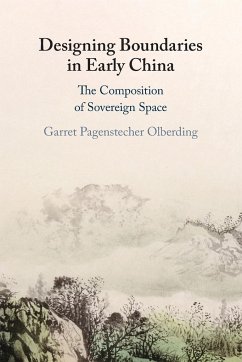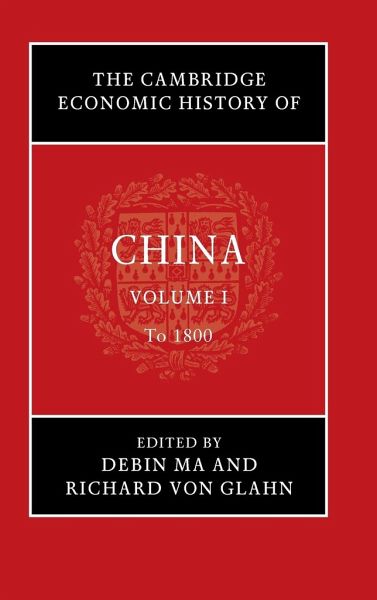
The Cambridge Economic History of China
Versandkostenfrei!
Versandfertig in 1-2 Wochen
152,99 €
inkl. MwSt.
Weitere Ausgaben:

PAYBACK Punkte
76 °P sammeln!
The first comprehensive synthesis of Chinese economic history, past and present, in English. Volume I, which covers the period from 1000 BCE to 1800 CE in eighteen thematically organized chapters, introduces the main institutions, ideas, technologies, and social and political forces that shaped the world's largest economy in the premodern era.





